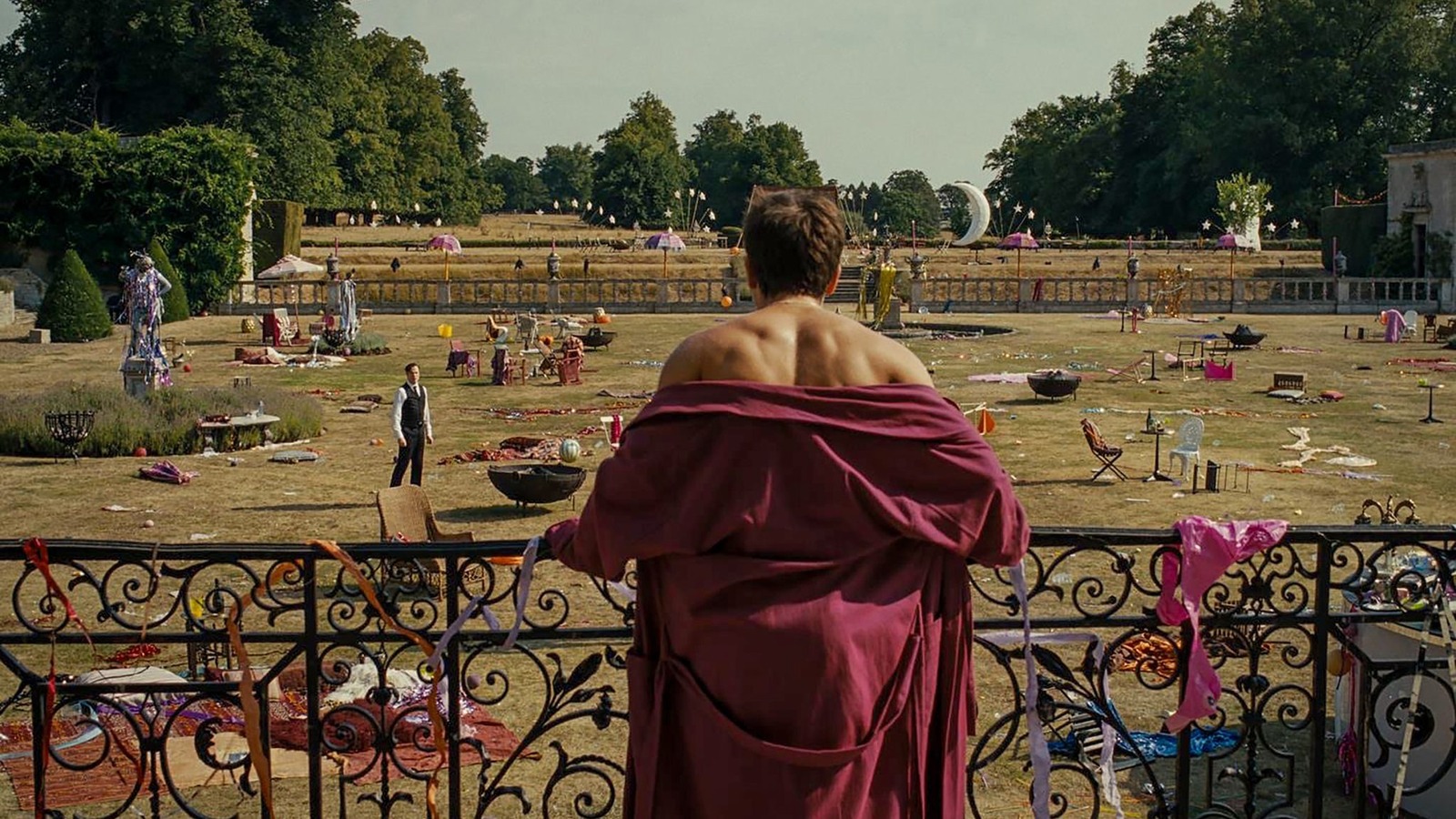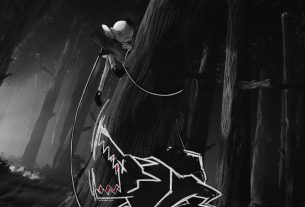
Fennell revealed that in her script, Oliver was merely to walk through the Saltburn estate in the nude, a stroll to show his comfort in the new place, now absent of its previous owners. Fennell found that a mere walk didn’t represent the bleak triumph of the character. In her words, it “didn’t feel like desecrating or an act of territory-taking and all of that kind of stuff.” She noted that the scene should feel “post-coital” and that the audience should feel “shaken up, complicit, and thrilled.” She admitted that she wanted to provoke her audience, seeing how deeply they might be able to relate to Oliver, who does some pretty monstrous things. In her own words:
“[Y]ou are always wanting to push how far people are going to extend their empathy. So it needed to feel like, ‘F**k yeah.’ It needed everyone at the end to be like, ‘Take them, take them all down.’ ‘Kind Hearts and Coronets,’ all of those graves, just boom, boom, boom. Just be like, ‘Okay, why not? Why not?’ And so it needed to be jubilant, and I thought ‘Murder on the Dancefloor’ was just the perfect amount of camp and self-aware versus an actually joyful and thrilling.”
Robert Hamer’s “Kind Hearts and Coronets” is a dark comedy from 1949, one of the best-known comedies from Ealing Studios. In it, Dennis Price plays a man who, keen on revenge, plots to murder a family of wealthy bankers that ruined his life. In a comedic twist, all eight members of the doomed family are played by Alex Guinness.
In order to recreate that vibe, Keoghan’s dance was incorporated. However, it seems the dance was very difficult to light and film.




